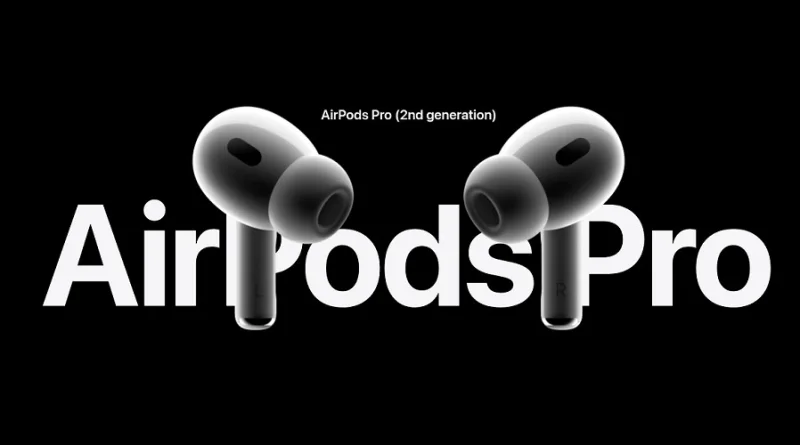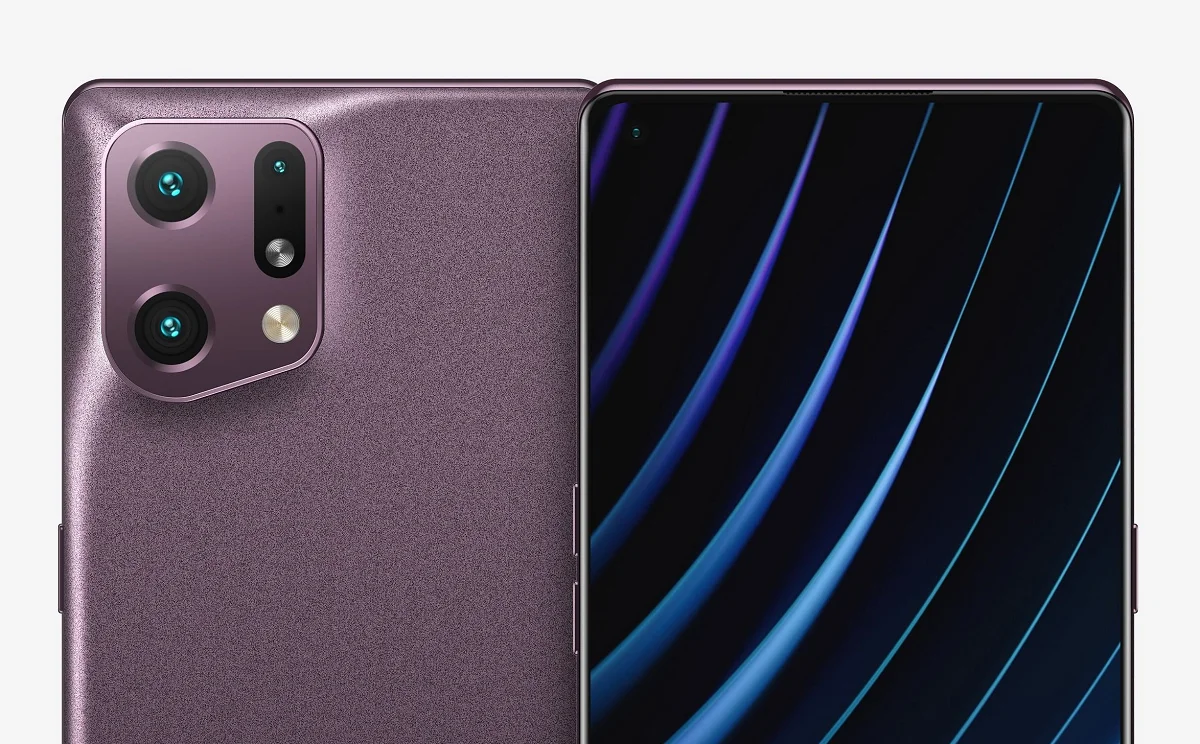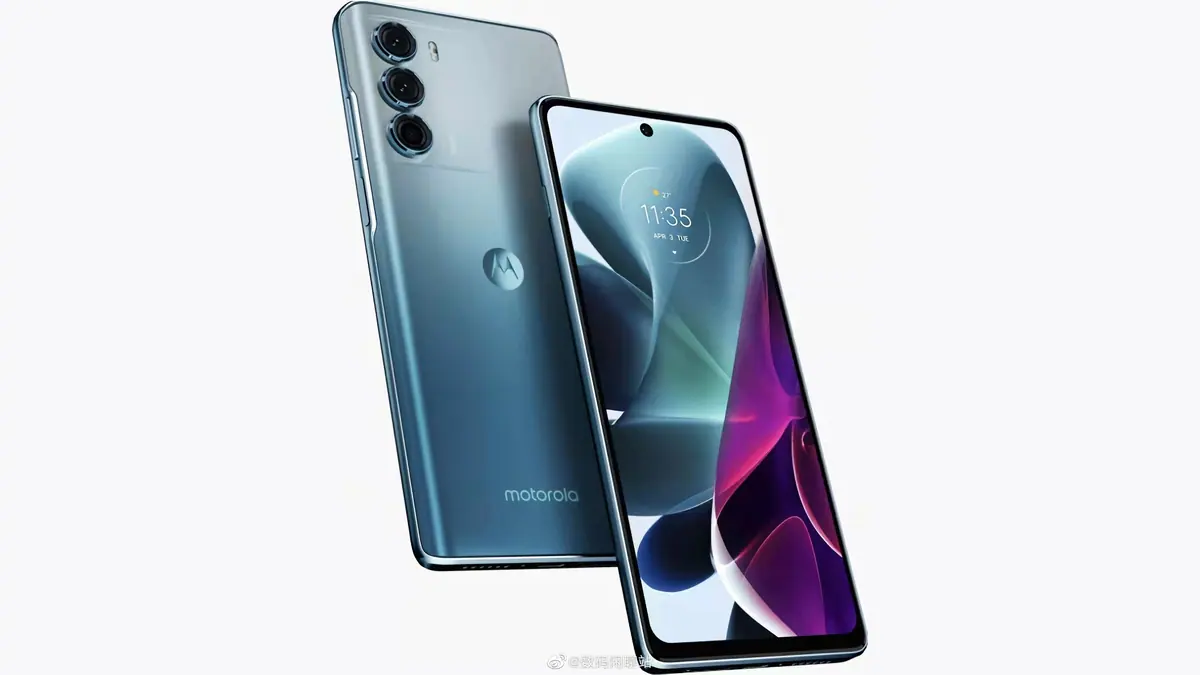Apple Watch Series 10 And Samsung Galaxy Watch 7 They are two outstanding smartwatches that meet different user needs. Apple’s offerings emphasize superior design, deep ecosystem integration, and advanced health features, making it ideal for iPhone users who need the ultimate in functionality. The Samsung Galaxy Watch 7, on the other hand, combines affordability, durability and excellent battery life to appeal to Android users and those looking for versatility. This comparison will help you decide which smartwatch best suits your lifestyle and preferences.
1. Design, build and display
Apple Watch Series 10 dazzles with its titanium frame, sapphire glass back panel and 1.96 inch Retina LTPO3 OLED display. Peak brightness of 2,000 nits ensures excellent outdoor visibility, while IP6X certification, water resistance to 50 meters and depth indicator add to the usefulness for adventurers. Its premium design is suitable for both casual and professional environments.
Samsung Galaxy Watch 7 has a strong aluminum frame with increased resistance to drops and scratches. The smaller 1.5-inch Super AMOLED screen, also protected by sapphire glass, offers a bright display but is less immersive. With IP68, 5ATM water resistance and MIL-STD-810H compliance, it is a reliable choice for outdoor enthusiasts.
Decision: While Apple wins with its luxurious design, larger display and increased brightness, Samsung offers better durability for demanding use.
2. Features and compatibility
Apple is a leader in accurate health tracking with ECG, SpO2, VO2 Max, water temperature measurement, and second-generation UWB chip. It is deeply integrated into the Apple ecosystem and provides unique synergy to iPhone users.
Samsung focuses on practical health monitoring with ECG and skin temperature and blood pressure monitoring with the BioActive sensor. It seamlessly supports Android devices and offers good iOS compatibility, making it a more versatile option for non-Apple users.
Decision: Advanced features and Apple ecosystem integration are ideal for those already working in the Apple ecosystem. Samsung’s broad compatibility makes it a better choice for Android users or households with mixed devices.
Also read – The first live photo shows the frame of the new iPhone 17 smartphone
3. Performance, battery life and connectivity
Apple Watch Series 10 is equipped with the Apple S10 chipset, which ensures smooth operation and 64GB of memory for apps and media. However, its 327mAh battery only lasts a day despite fast charging (0-80% in 30 minutes). Second generation UWB chip improves location accuracy.
Samsung Galaxy Watch 7 uses the Exynos W1000 chipset with 2 GB RAM and 32 GB storage. Its 425mAh battery typically reaches two days of use, besting Apple’s battery, and its 10W wireless charging is efficient. Samsung GPS features dual band (L1+L5) for better outdoor navigation.
Decision: Apple has the edge on processing power and memory, but Samsung’s superior battery life and universal GPS make it more practical for long-term use.
4. Price, Settings and Ecosystem
Apple Watch Series 10 retails at a premium price of $819, reflecting its premium design and features. Customization options include premium straps, but its proprietary system limits third-party options.
The Samsung Galaxy Watch 7 is much more affordable at $250 and offers excellent value. Compatibility with standard 20mm belt allows for a wider range of adjustment.
Decision: Apple justifies its price for those looking for premium quality and seamless integration into the ecosystem. Samsung offers exceptional value for budget shoppers looking for versatility.
5. Solution
Apple Watch Series 10 is the choice for Apple users who value luxury, cutting-edge health features and premium performance. The Samsung Galaxy Watch 7 is perfect for Android users or those looking for a reliable, affordable smartwatch with great battery life.
If budget is not a constraint and you are in the Apple ecosystem, choose Apple Watch Series 10 due to its premium features and integrations. Otherwise, the Samsung Galaxy Watch 7 wins in terms of balance of features, price and compatibility.













